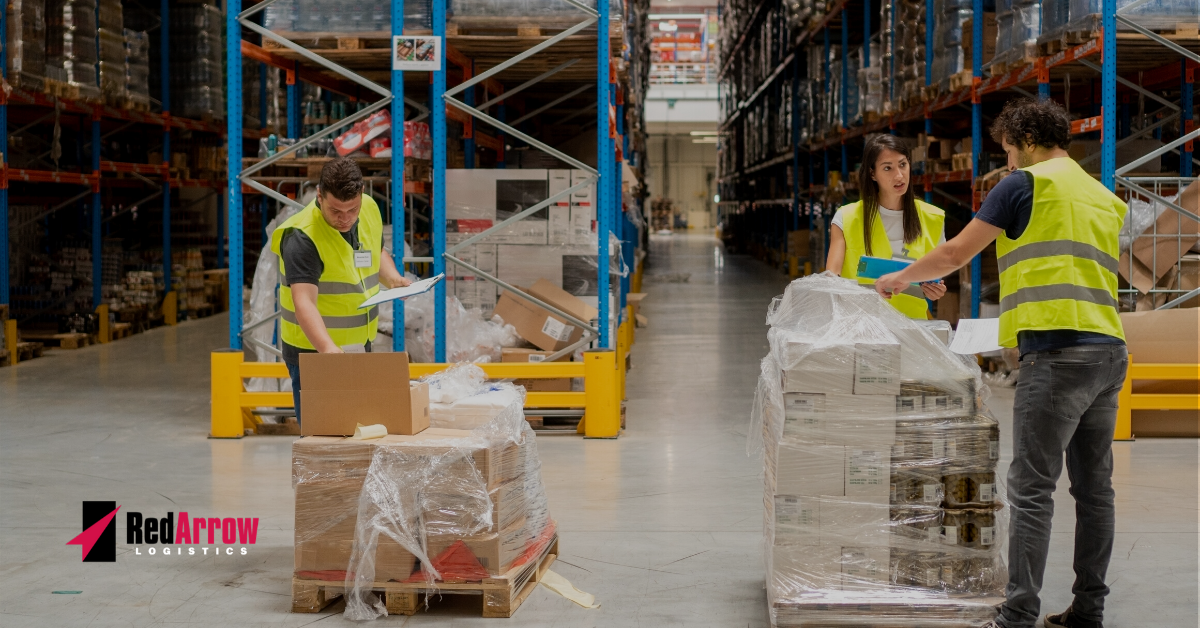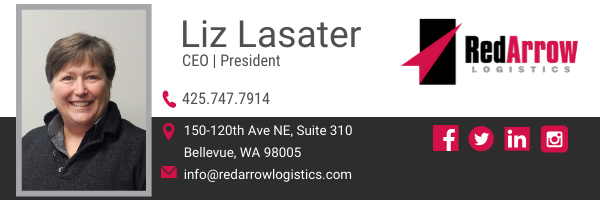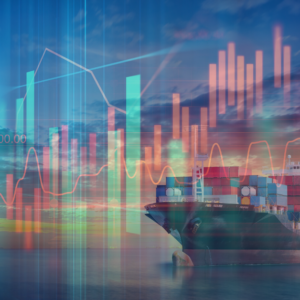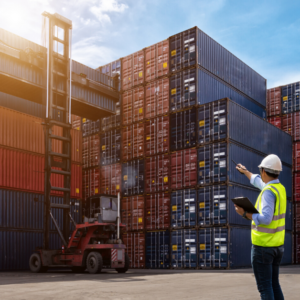Most businesses have to deal with returns on some level. For an item that was purchased online, however, the chance of return is higher since the customer has not been able to see or try the product beforehand. As much as 30% of products ordered online are returned. As e-commerce grows, so does the need for a comprehensive reverse logistics strategy. Customer returns can have a larger effect on profits than revenue does.
Reverse logistics, the management of returned goods, has become a critical component of the overall business strategy. While many companies focus on the forward supply chain because of how it impacts revenue, but reverse logistics can have a positive impact on productivity too. For any company, improved reverse logistics translates to increased productivity, enhanced customer experience, and better market standing. The strategy that is in place should address the ways to be consistent with returns, as well as streamline the subsequent process.
Important Factors to Improving Reverse Logistics
Understanding the Cause: To be able to gauge the impact on the business, the reasons for the returns should be analyzed. For example, if a certain product is continually returned, it could be because the customers do not know how to use it, or the instructions are not clear. Providing detailed information via product images, videos, reviews, and instructions is one way to reduce the number of returns of a product.
Returns Policy: A solid returns strategy starts with a balanced returns policy that suits your customer’s needs as well as your own. A returns policy that clearly outlines exactly what the process benefits the business as well as the customer. The policy should benefit the customer in that it should not be too difficult to initiate a return so that the customer is inhibited to make the purchase in the first place. A fair, balanced policy should aim to maintain margins while also giving the customer a satisfactory experience.
Technology: Use technology to improve reverse logistics processes both on a company and customer level. Technology systems such as a TMS (Transportation Management Systems) and WMS (Warehouse Management Systems) allow for efficiency in the reverse logistics operation. A WMS keeps track of the location of a return along with the documentation that goes along with it so it can be traced at any time. Costs are reduced because of increased efficiency.
Customer Service: A company’s customer service team can also help to improve the process by preventing returns. Armed with information and product details, a customer service member can guide a customer through the proper use of their order so that the customer does not need to return it.
Disposition: Deciding what to do with returned items, whether it be reselling, refurbishing, donating, or recycling, should be based on the financial gains. Businesses can choose the best disposition option by analyzing the implications and costs of each in the reverse supply chain.
Benefits
According to an Aberdeen Group study, a manufacturer can spend anywhere from 9% to 15% of revenue on returns. However, making their reverse logistics process better can increase revenue by up to 5%. The most obvious benefit is the impact returns have on margins. A company that takes a long time to credit the customer after a return can harm its relationship with customers and retailers. The extent to which a company can prevent returns through detailed information to the customer or via customer service will also have a positive financial impact. There are several ways that costs can be cut from reducing transportation to reselling products instead of counting them as a total loss. If there is value in recycling or reselling items, profit margins will improve.
How a company handles returns can make (or break) their brand. Product returns can have a negative effect on a company’s business, but when handled correctly, they can improve the company’s image. The way in which a company treats its customers during a return, as well as the ease in which a customer can make a return, can differentiate the company from its competitors.
A third-party logistics provider might be necessary to gain proactive return services. This increases the chance to save on costs and recover assets using an integrated logistics network.
Your Trusted Partner
Red Arrow provides expertise and white glove customer service with fast-growing, complex, and high-value supply chains. As the next-generation model of logistics companies, Red Arrow offers tailored transportation and logistics solutions — from single shipments to complex over-dimensional and international orders.
Red Arrow offers the scale and scope of services including air, ocean, and ground transportation to meet the budget and schedule requirements of the largest and smallest companies alike. If we can be of assistance, please email us at info@redarrowlogistics.com or give us a call 425-747-7914.





